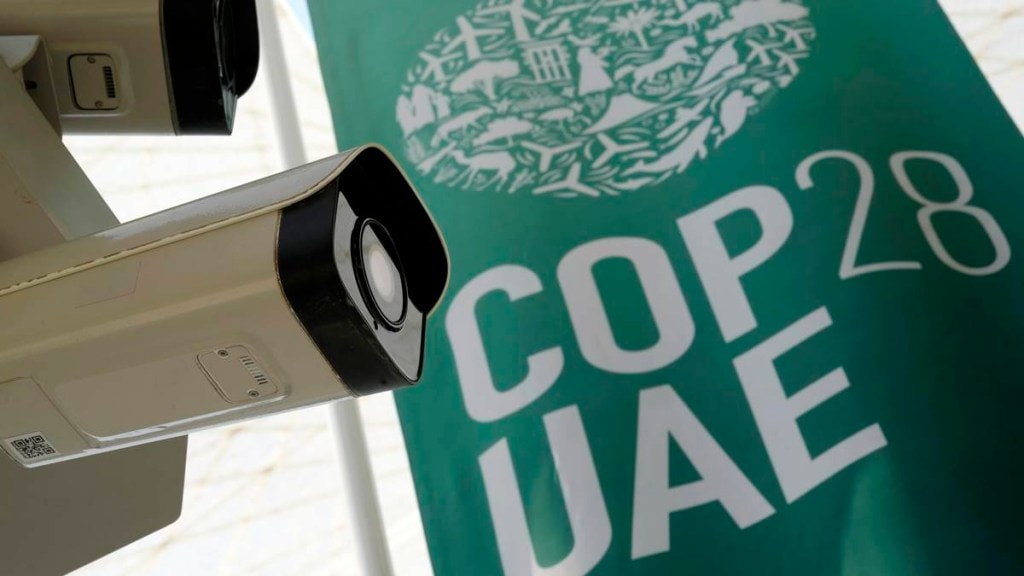The Coalition for Disaster Resilient Infrastructure (CDRI), headquartered in New Delhi, unveiled its groundbreaking GIRI platform during COP28 in Dubai. GIRI (Global Infrastructure Risk Model and Resilience Index) stands as the first publicly available, fully probabilistic risk model for infrastructure assets, specifically addressing major geological and climate-related hazards. This platform aims to enhance understanding of the advantages of investing in disaster-resilient infrastructure (DRI), enabling users to assess a country’s capacity to absorb, respond to, and recover from disasters.
The GIRI Data Platform’s ‘Map Viewer’ allows users to explore various hazard layers across different return periods and climate scenarios. Through GIRI, users can create a customised model to predict changes in vulnerability and capacities over time, estimate the benefits and returns of DRI investments, and integrate resilience into public investment planning, project design, and risk financing instrument calibration.
At a sectoral level, GIRI can assess risks related to power and energy, transport, telecommunications, water and wastewater, ports and airports, oil and gas, health, and education. It covers major geological and climate-related hazards, including earthquakes, tsunamis, landslides, floods, cyclonic wind, storm surge, and drought.
Amit Prothi, Director General of CDRI, commented, “CDRI is proud to launch its data platform ‘GIRI’ at COP28, in UAE. GIRI will enable governments to understand the contingent liabilities they face and inform the development of national infrastructure strategies and plans to reduce risk and strengthen resilience.”
How GIRI will benefit in terms of disaster-resilient infrastructure
a) GIRI is the first publicly available and fully probabilistic risk model to estimate risk for major infrastructure sectors (power and energy, transport, telecommunications, water and wastewater, ports and airports, oil and gas, health, and education) with respect to most major geological and climate-related hazards (earthquakes, tsunamis, landslides, floods, cyclonic wind, storm surge, and hydrological drought).
b) GIRI includes three main components for disaster risk assessment which are – hazard, exposure and vulnerability alongside climate change as a modifier because it influences some of the hazards.
c) GIRI can be utilised to monitor changes in vulnerability and capacities over time and it can be disaggregated into risk indicators and individual capability indicators.
GIRI datasets are available for free download, ensuring accessibility for those most at risk, and serving as a foundation for developing national infrastructure pipelines, policies, and enhanced standards. Other launches by CDRI at COP28 include DRI Connect, a digital platform for global DRI stakeholders, the Global Methodology for Infrastructure Resilience Review, and Community of Practice initiatives on Heat and Resilient Infrastructure for Energy Transition. Additionally, CDRI plans to unveil its Urban Infrastructure Resilience Strategy at COP28, marking a significant step toward programs focused on enhancing city infrastructure resilience.

